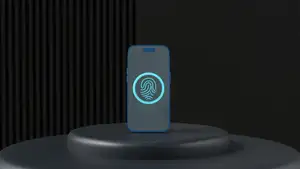
Real World Invisibility Cloak?
Certainly you must recall the invisibility cloak that Harry Potter utilized. Yes, that cloak was in fact a work of fiction. Yet, it turns out that in the world associated with microscopic photonic integrated devices there is now a cloaking technology.
This is coming from the University of Utah Electrical and Computer Engineering Department by associate professor Rajesh Menon and his team. Note that Menon and his team are presently engaged in ground breaking research in the field of photonic integrated circuits. Note that photonic devices utilize light waves instead of electric current. You can readily understand that by definition photonic devices have the potential to be much smaller and faster while consuming considerably less power.
So that is the necessary background so that you can make sense of the discovery of Menon’s team. You see, in the integrated circuits or “chips” to use a common term, the challenge with employing large number of photonic devices next to each other is the seemingly insurmountable problem of light leakage. The amount of this light leakage necessarily restricted the proximity of the photonic devices with each other.
That is, until Menon and his team found a way to essentially mask or “cloak” one device from another. The end result is that any of the photonic devices can be fooled into not sensing an adjacent device. The ramifications for this discovery are truly breathtaking to consider.
Now that the light leakage hurdle has been solved, that means that in no uncertain terms that now billions of photonic devices can be manufactured onto a single chip. Furthermore, that also means that since these photonic chips are built around the transfer of light waves instead of electrical current, the hard to ignore fact is that such devices consume from 10 to 100 times less power.
One immediate use for such devices is the numerous data centers scattered all over the world. As you probably know, these data centers consume vast amounts of electricity each and every hour. In fact, a study by the U.S. Department of Energy determined that in the year 2014, these data centers accounted for 70 Billion kilowatt hours or just under 2% of the total electricity that year.
Bottom line: you can expect to hear quite a bit more about photonic devices in the near future. The undeniable reality is that the transition to photonic chips can and does make computers markedly more efficient. Imagine a cloaking device made real that speeds up computing and consumes less electricity.










